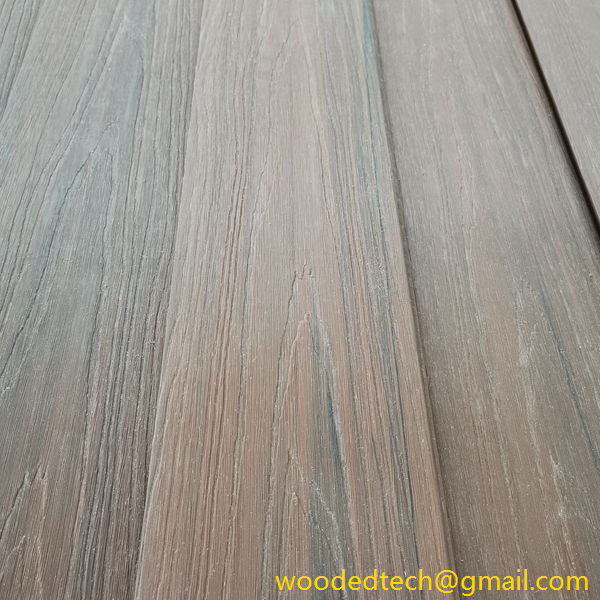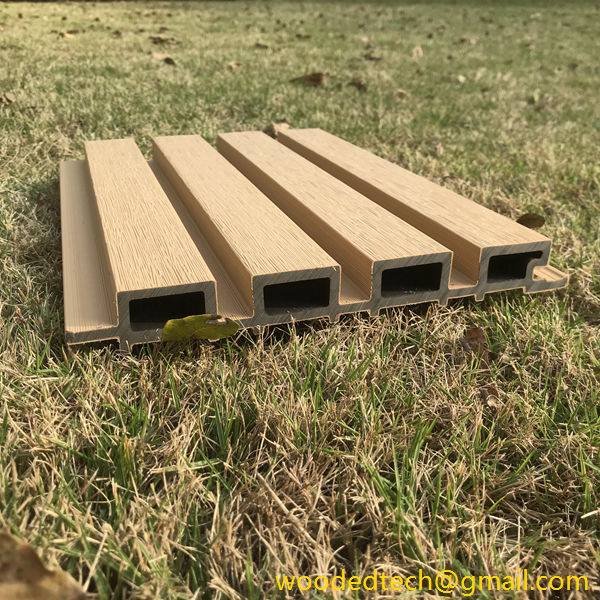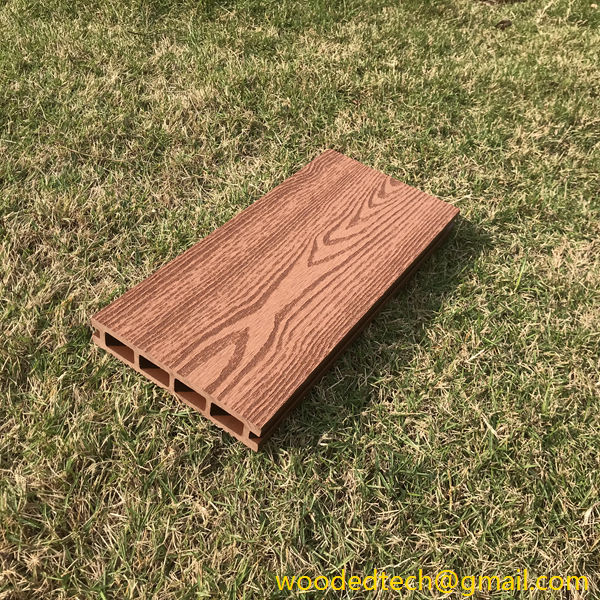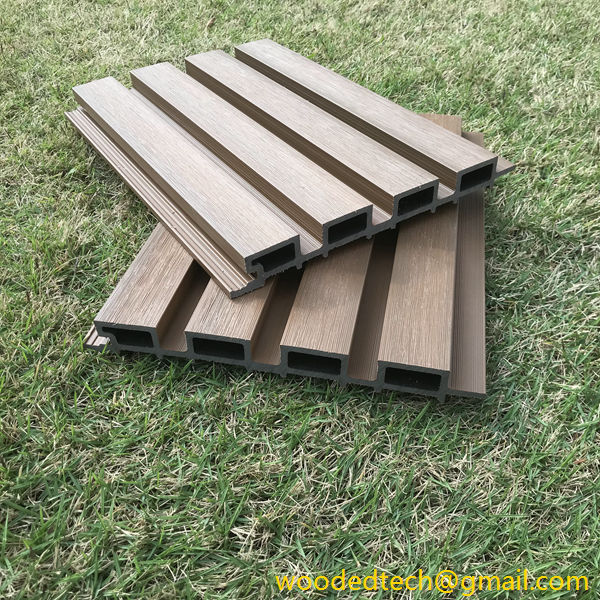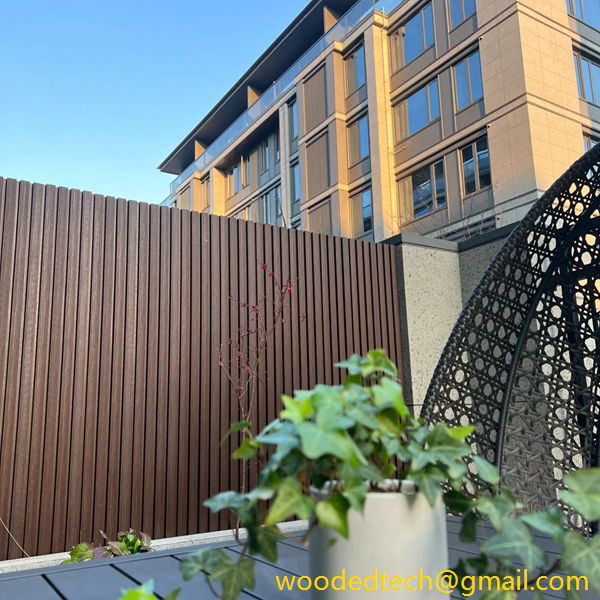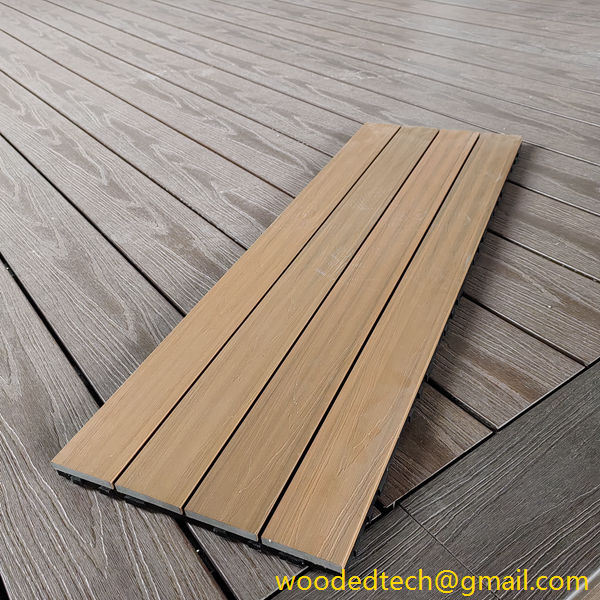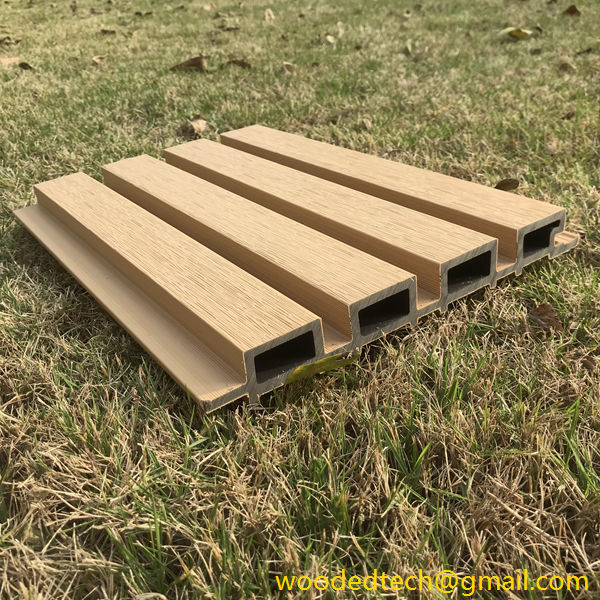WPC Panels for Versatile Applications: Installation and Maintenance Considerations
Wood Plastic Composite (WPC) panels have gained significant popularity in recent years due to their versatility, durability, and aesthetic appeal. These panels are made from a combination of wood fibers and plastic, making them an excellent choice for a variety of applications, including flooring, wall cladding, and outdoor decking. While the benefits of WPC panels are numerous, understanding the installation and maintenance processes is crucial for ensuring their longevity and optimal performance.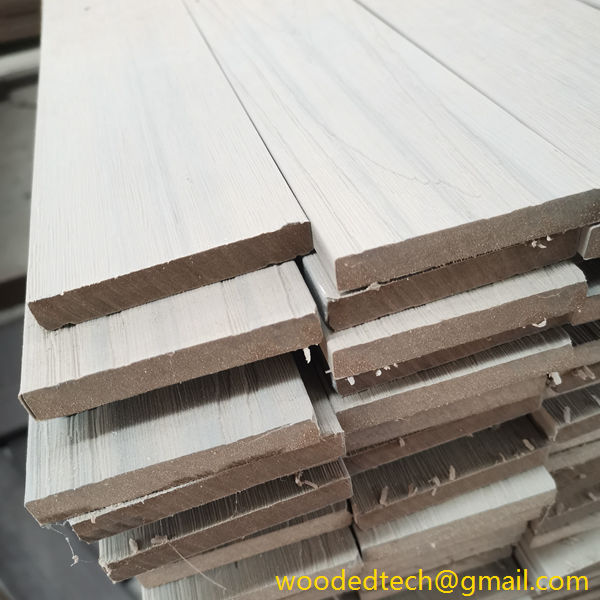
When it comes to the installation of WPC panels, the first step is to prepare the surface where the panels will be applied. This preparation involves ensuring that the surface is clean, dry, and free from any debris. If the installation is taking place outdoors, it is essential to check for proper drainage to avoid water accumulation, as excess moisture can lead to potential damage over time.
Once the surface is ready, it is important to gather the necessary tools and materials for the installation process. Common tools required for installing WPC panels include a measuring tape, saw, drill, and screws or fasteners designed specifically for WPC. It is also advisable to wear safety gear, such as gloves and goggles, to protect oneself during the installation.

Before cutting the panels, it is wise to measure the area accurately to ensure that each panel fits properly. WPC panels can typically be cut using standard woodworking tools, but care should be taken to avoid splintering the material. When installing the panels, it is crucial to leave a gap between the panels and the wall or other surfaces to allow for expansion and contraction due to temperature changes. This gap will help prevent warping or buckling of the panels over time.
In terms of fastening, WPC panels can be installed using hidden fasteners or visible screws, depending on the desired aesthetic. Hidden fasteners create a clean, seamless look, while visible screws may be more accessible for future repairs or adjustments. Whichever method is chosen, it is important to follow the manufacturer’s guidelines regarding the spacing and placement of fasteners to ensure a secure installation.
Once the panels are installed, proper maintenance is key to extending their lifespan. One of the main advantages of WPC panels is their low maintenance requirements compared to traditional wood panels. However, periodic cleaning is still necessary to keep them looking their best. A simple solution of soap and water is usually sufficient for cleaning, and it is advisable to use a soft brush or cloth to avoid scratching the surface. For tougher stains, a mild detergent may be used, but harsh chemicals should be avoided as they can damage the finish of the panels.
In addition to cleaning, it is important to inspect the panels regularly for any signs of damage or wear. This inspection should include checking for loose screws, cracks, or discoloration. If any damage is detected, it is crucial to address it promptly to prevent further deterioration. For instance, loose screws should be tightened, and any cracks or splits can be repaired using a suitable wood filler designed for composite materials.
Another aspect of maintenance involves protecting WPC panels from excessive heat or direct sunlight, especially in outdoor applications. While WPC panels are designed to resist fading and deterioration, prolonged exposure to intense sunlight can still cause some degree of discoloration. To mitigate this risk, consider using outdoor furniture or umbrellas to provide shade, or strategically positioning the panels in areas that receive less direct sunlight.
For outdoor installations, it is also important to ensure that the panels are kept free from debris such as leaves or dirt, as these can retain moisture and promote mold or mildew growth. Regular sweeping or rinsing with water can help keep the panels clean and prevent any buildup that could lead to damage over time.
In conclusion, WPC panels offer a versatile solution for various applications, but their successful installation and maintenance are essential for maximizing their benefits. By following proper installation techniques and adhering to a regular maintenance routine, homeowners and builders can enjoy the aesthetic appeal and durability of WPC panels for many years. Whether used for decking, flooring, or wall cladding, understanding the intricacies of installation and maintenance will ensure that these panels continue to enhance spaces effectively and beautifully.

